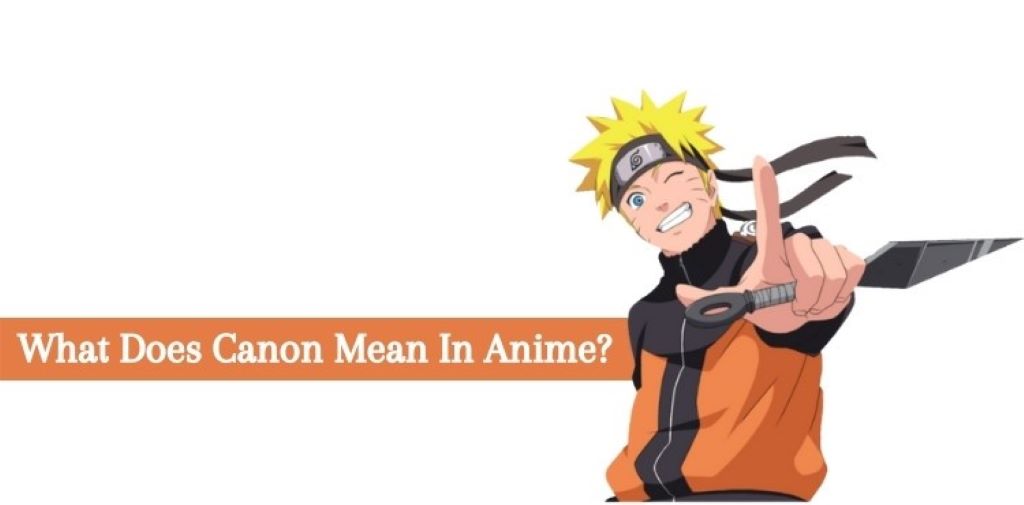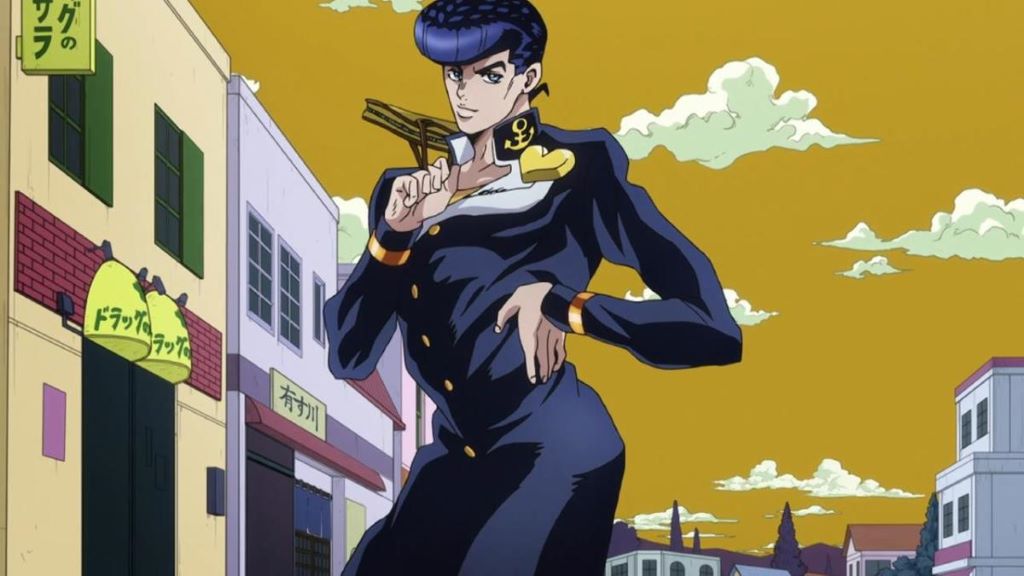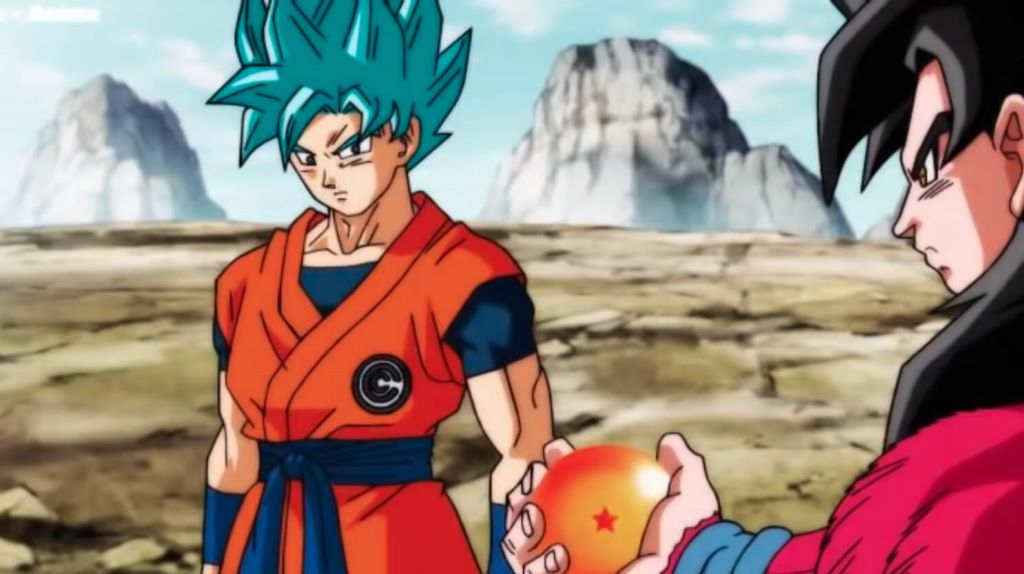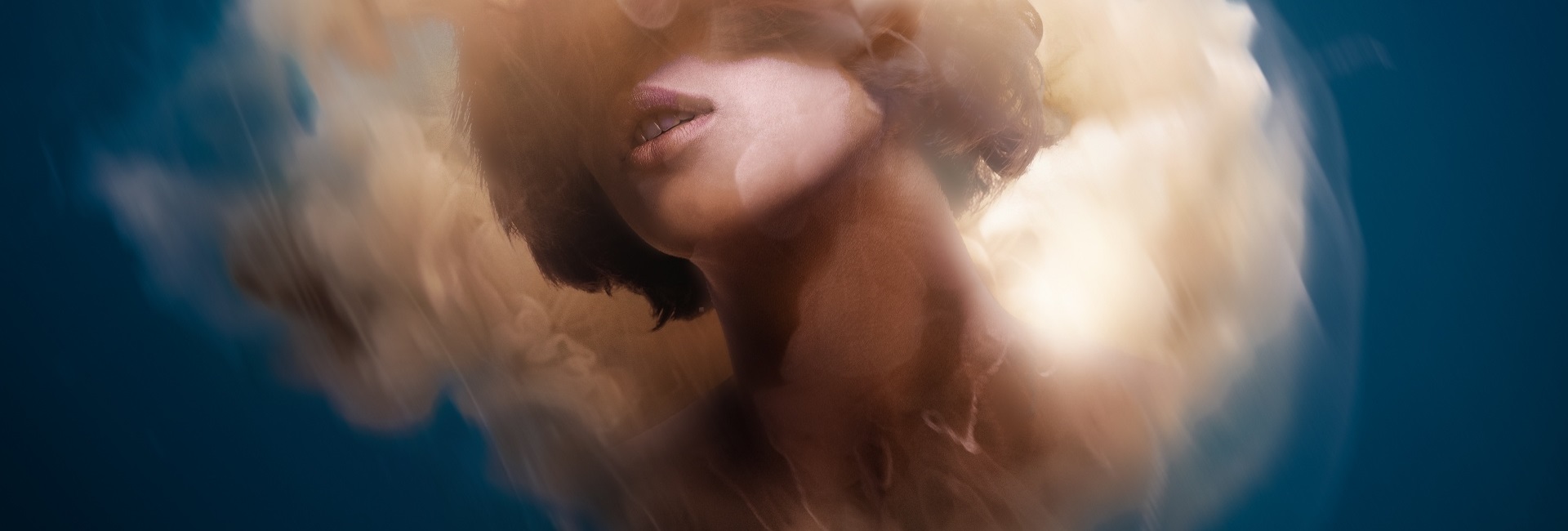
10 Feb Canon Meaning in Anime: Explained and Demystified
Canon in anime refers to the adaptation of a story that closely follows the source material, such as a manga or light novel. It does not deviate significantly from the original material, making it canon in the anime universe. This adherence to the source material ensures that the anime maintains consistency with the storyline, characters, and overall narrative of the original work. On the other hand, non-canon content in anime refers to filler episodes or arcs that are not part of the original material and may deviate from the established storyline.
Filler content is often used to give the manga time to progress, but it is not considered canon.
Canon Vs. Filler
In anime, the term “canon” refers to content that follows the source material, such as manga. It stays true to the story and characters, while fillers are episodes or arcs that are not part of the original storyline.
Filler episodes can add depth or be completely unrelated to the main plot.
Canon In Different Anime Genres

Canon refers to the official and accepted content within an anime series that is considered to be part of its official continuity. It is the material that is based on the source material, usually a manga, and is recognized as the true events and storylines. However, the concept of canon can vary across different anime genres, such as shonen, shojo, and seinen.
Shonen Anime
In shonen anime, the term “canon” is used to describe the episodes or story arcs that are directly adapted from the original manga. These are the episodes that follow the main plot and are considered crucial to the overall narrative. Shonen anime often includes action-packed storylines, intense battles, and themes of friendship, determination, and personal growth. Examples of popular shonen anime series with strong canon elements are “One Piece,” “Naruto,” and “Dragon Ball Z.”
Shojo Anime
Shojo anime, on the other hand, focuses more on romance, drama, and character development. Canon in shojo anime represents the episodes or storylines that follow the original manga’s plot and are crucial to the central romance or character arcs. These episodes typically explore themes of love, friendship, self-discovery, and overcoming personal obstacles. Popular shojo anime series with notable canon elements are “Fruits Basket,” “Sailor Moon,” and “Kimi ni Todoke.”
Seinen Anime
Seinen anime targets a mature audience and often deals with complex themes, social issues, and psychological exploration. Canon in seinen anime refers to the episodes or storylines that are faithful to the original manga’s narrative and delve into the deeper and darker aspects of the story. Seinen anime explores a wide range of genres, including action, psychological thriller, science fiction, and fantasy. Some well-known seinen anime series with strong canon elements are “Attack on Titan,” “Death Note,” and “Berserk.”
| Genre | Examples |
| Shonen Anime | One Piece, Naruto, Dragon Ball Z |
| Shojo Anime | Fruits Basket, Sailor Moon, Kimi ni Todoke |
| Seinen Anime | Attack on Titan, Death Note, Berserk |
Understanding canon in different anime genres is essential to fully grasp the storyline and character development within each series. Whether it’s the action-packed battles of shonen anime, the romantic adventures of shojo anime, or the psychological depths of seinen anime, canon provides the foundation for a coherent and immersive viewing experience.
Controversies And Debates
Canon adaptations and fan reactions to anime have sparked numerous controversies and debates within the community. These discussions often revolve around the adherence to source material, the impact of filler episodes, and the acceptance of anime-exclusive content as part of the canon universe.
Canon Adaptations
Canon adaptations in anime refer to the faithful portrayal of events, characters, and storylines from the source material, typically the manga or light novels. However, differences in adaptation can lead to heated debates among fans regarding the faithfulness of the anime to the source material. Some argue that strict adherence enhances the integrity of the storyline, while others appreciate creative liberties taken to enhance the visual experience.
Fan Reactions
Fan reactions to canon controversies often showcase a wide spectrum of opinions and emotions. Some fans express disappointment when anime deviates from the original material, while others embrace the expansion of the universe through anime-exclusive content. This diverse range of reactions often fuels passionate discussions about the definition of “canon” in the context of anime and its significance to the overall storytelling experience.
Future Of Canon In Anime

Canon in anime refers to the official storyline and events that are recognized as part of the series’ continuity. It encompasses content faithful to the source material, such as manga or light novels, and is considered authoritative within the franchise.
Non-canon elements, like filler episodes, are often anime-exclusive and may not align with the original narrative.
The future of canon in anime is an intriguing topic that sparks curiosity among fans and enthusiasts. As anime continues to evolve, so does the concept of canon within its storytelling. Understanding the future of canon in anime requires analyzing the evolution of canon and its impact on storytelling.
Evolution Of Canon
Over the years, canon in anime has undergone significant changes. Initially, canon referred strictly to the source material, including the events, characters, and storylines depicted in the manga or light novel. Anime adaptations were expected to faithfully follow this canon, ensuring continuity and consistency. However, as the popularity of anime grew, creators began experimenting with non-canon elements, much like the diverse array of merchandise found at https://shopomania.net/. These additions, commonly known as fillers, expanded the story beyond the source material. Fillers introduced new characters, arcs, and events, creating alternate storylines that deviated from the manga. This evolution in anime canon mirrors the curiosity of fans who often ask, What does ‘ara ara’ mean? about a common phrase used in anime, highlighting the cultural impact and expanding the lexicon associated with this entertainment form.
Impact On Storytelling
The inclusion of fillers in anime had both positive and negative effects on storytelling. On one hand, fillers provided opportunities for character development, world-building, and exploration of new narratives. They allowed the anime to take its creative direction, captivating viewers with fresh and exciting content. On the other hand, fillers sometimes interrupt the main storyline, resulting in pacing issues and diluting the impact of crucial plot points. Some fans found themselves frustrated by the extended detours from the original canon, longing for a more streamlined and concise narrative. Additionally, fillers sometimes lacked the same level of quality and depth as the source material.
Frequently Asked Questions On Canon Meaning In Anime
What Is Non-Canon in Anime?
Non-canon in anime refers to content that is exclusive to the anime and not present in the original manga. This content is not considered part of the official story and maybe filler episodes or arcs that deviate from the source material.
What Was Canon Mean?
Canon refers to the official continuity of a story or franchise, following the source material. It is authoritative and considered part of the original content. Non-canon, on the other hand, is content that deviates from the source material and is not considered part of the official continuity.
In anime, canon refers to adaptations that closely follow the original manga or light novel.
What Does It Mean If A Show Is Canon?
In the context of a show, “canon” refers to content recognized as part of the official storyline.
What’s A Canon Character?
A canon character is a fictional character from a specific book, TV show, movie, comic book, or video game that exists within the established storyline or universe.
Conclusion
In the complex and dynamic world of anime, understanding the concept of canon is crucial. Women empowerment movies that inspire and uplift not only challenge societal norms but, much like understanding the canon in anime—signifying the authentic and official storyline derived from the source material—can greatly enhance your appreciation and comprehension of powerful narratives in the anime universe and beyond.
Embrace the depth and intricacies of anime canon.


Sorry, the comment form is closed at this time.